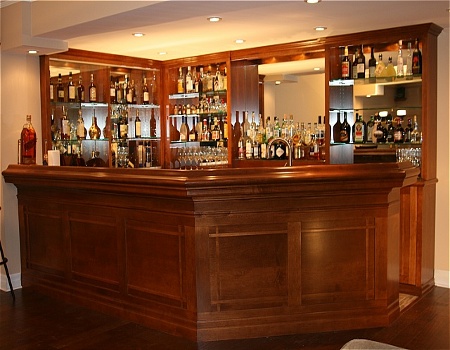Barcodes are nothing more than a series of lines that correlate to the numbers, called SKUs, listed at the bottom of barcode. The scanner reads the lines instead of the numbers. That's it. If the bar code is smudged or unreadable, the cashier merely has to type in the numbers by hand.
So a scanner saves you time by not requiring you to type the numbers. It doesn't unlock any secret information, and you don't need the scanner to use the SKUs for inventory.
But you do need a database to give those SKU numbers some meaning. Without the database, all you have is some numbers. If you brought the box from your favorite Lionel and MTH locomotive to a grocery store and had the cashier scan the barcode, the store's computer registers would display a message that says something like "number not recognized." It sees the numbers but doesn't recognize what those numbers represent.
It's possible for the manufacturers or distributors to share that database via the Internet, if they chose to, but even then the information in the database is limited. It tells the retailer the stock number, basic description and price, not the features of a locomotive or other information listed in the catalog. You would still need to fill out your inventory manually for that information.





